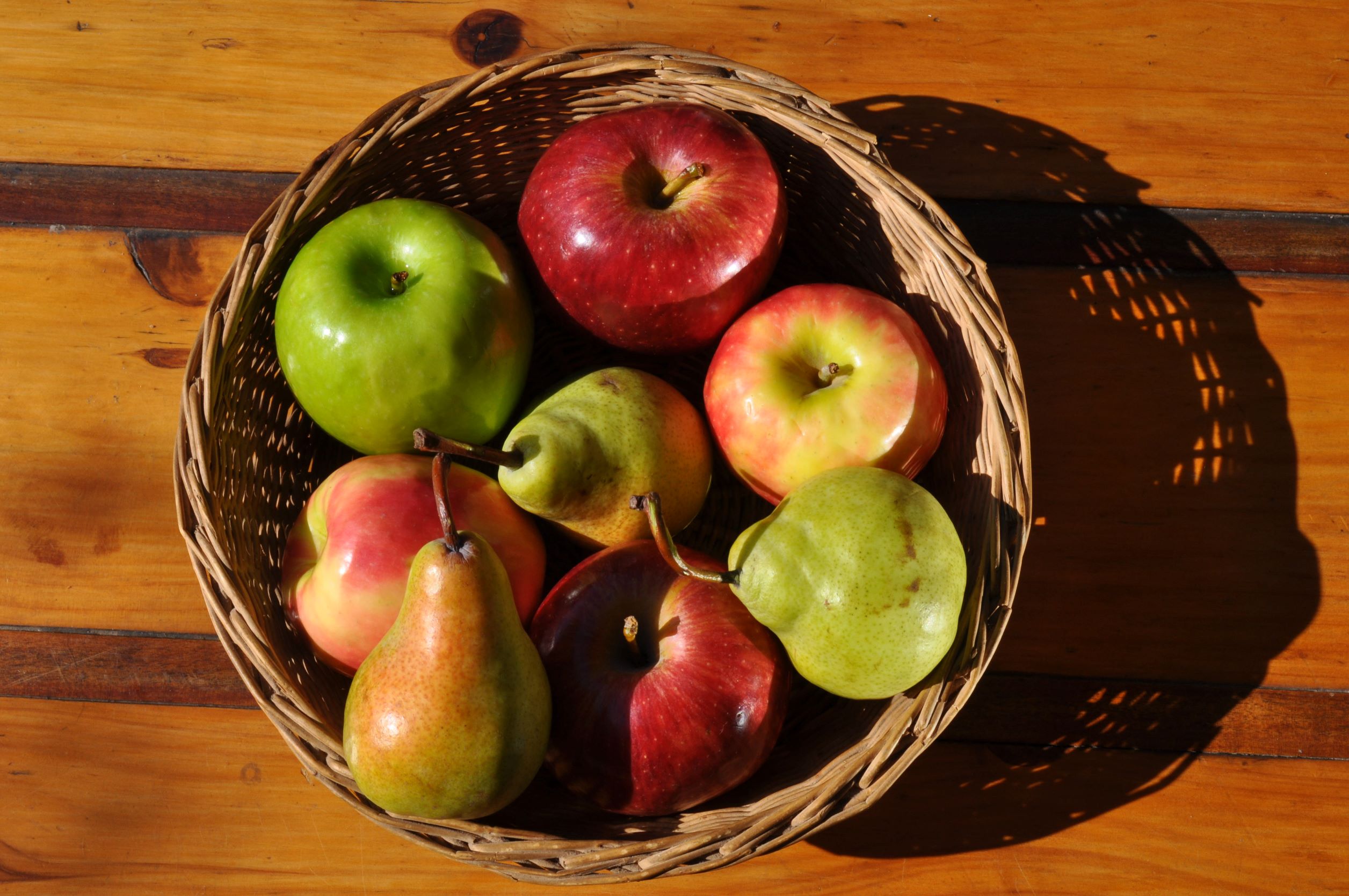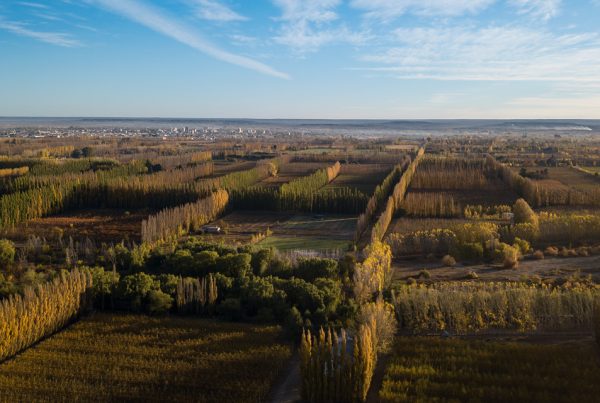Newsletter 133 – 27.04.2022
Since its beginning, this season was complex, due to the strong decrease in production. In the spring of 2021 there were strong frost and hail storms that caused heavy damage. The most affected fruit were pears, especially the William variety, due to a drop in the quantity of fruit, as well as in its quality. The damage on apples was quite lower, although here again the availability of quality apples is limited, while the large volume of regular qualities remains as a problem.
It is estimated that the losses in the farms of non-integrated producers were around 30% due to the lack of investment in protection against these climatic conditions. In integrated farms, losses were between 15-20%. Added to climatic problems is the abandonment of plantations, which has been recorded for years in the Rio Negro Valley, due to the lack of profitability of apple and pear crops. In the last 10 years, the total area has been reduced by 15,000 hectares and the number of producers has been reduced by half. Therefore, this year's harvest will be the lowest in the last decade. In recent years, it has reached 1-1.2 million tons. With these losses, it will fall well below one million ton.
The main destination of pears is fresh export, to which half of the production is normally destined. In the last 5 years, it has reached 300-320,000 tons. 20% goes to the domestic market and 30% is industrialized. In the case of apples, it is the domestic market that absorbs more than half of the production, 30% is industrialized and 20% is exported. In recent years, exports have been around 100,000 tons.
But the decrease in production, the reduction in the percentage of quality fruit and the lack of profitability are not the only problems faced by the producers of the Río Negro Valley. All this adds to an extremely complex external situation. On the one hand, transportation has been complicated since the start of the pandemic. Maritime freights doubled its value, ships and containers are missing and there is a lot of delay in loading and unloading in ports. Internal costs also increased, given the higher value of energy and other supplies. For this reason, the cost of sending fruit to foreign markets has increased markedly, and this higher value is not absorbed by buyers, who generally face complex internal markets, with falls in purchasing power and inflation.
An additional factor that particularly affects Argentina is the outbreak of the war between Russia and Ukraine. This conflict is not finding a quick solution, as initially expected, so it is anticipated that it will continue throughout all this season. Russia is one of the main destinations for Argentine fruit. Depending on the fruit, 10 to 40% of shipments are sent to this country. In 2021, Russia received 71,000 tons of pears and 10,000 tons of apples, which represented 23 and 10% of the total export. This year the figures are totally different. Until mid-April, only 16,000 tons of pears were sent to Russia, when in other years for the same date, it would have been 40 - 45,000 tons. In the case of apples, it was only 600 tons, instead of the 2,000 to 3,000 tons of other years. So in this case, there is a drop in exports of 60-70%.
But also other overseas countries are receiving lower volumes than usual, although the difference is not as marked as in Russia. 38,000 tons of pears were sent to Europe, a volume that exceeds 2021, which was a year of great local production; but it is much lower than usual in previous years. In the case of North America, the decrease in the export of pears is 15%. Apples have also been shipped in mucho lower quantities to Europe and the US.
Logistical problems, the increased costs and the armed conflict are affecting all the southern countries. For this reason, countries such as Chile, South Africa or New Zealand are intensifying their search for alternative markets, a trend that has already been taking place for some time now. As an example, Asia has become the main destination for New Zealand apples. South Africa sends its traditional varieties to other African countries, such as Nigeria, Zambia, Kenya and Senegal.
For Chile and Argentina, Latin American countries were the new mecca for their pome fruits. In both cases, Latin America is the first destination for their pears and apples. In 2021, Argentina destined 60% of its apples to this region. In the case of Chile, it was almost 50%. The main buyers are Brazil, Colombia, Ecuador, Peru, Bolivia and Paraguay.
However, this year the situation has not been so favorable, since Latin American countries are showing less interest than in 2021 and 2020. In the first 3 months of the season, shipments were lower than in 2021. We hope that, as that the season advances, this could be reversed, and Latin America could show positive numbers at the end of the season.







